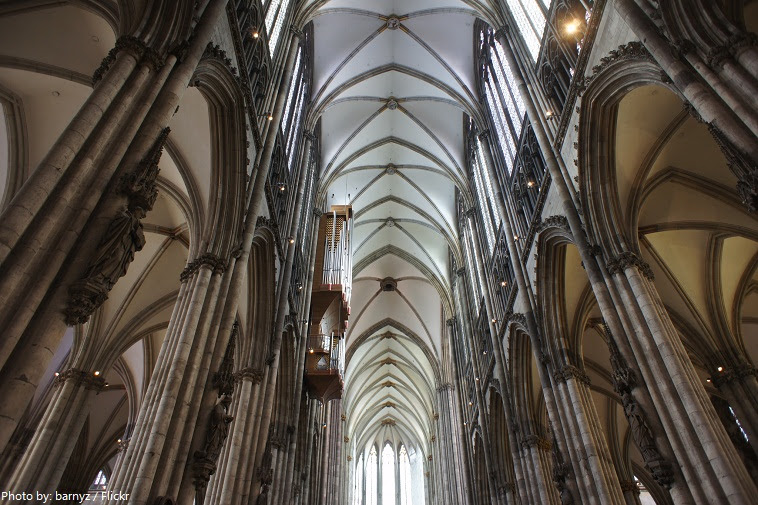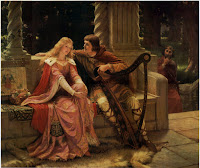Folk music: música folclórica.
World music: músicas del mundo.
Popular music: música popular.
Vinyl record: disco de vinilo.
Sacred music: música sacra.
Dance music: música de danza.
Soundtrack: banda sonora.
Choreography: coreografía.
Ballet: ballet.
Stage: escenario.
Improvisation: improvisación.
Flamenco: flamenco.
Synthesizer: sintetizador.
Middle Ages: Edad Media.
Renaissance: Renacimiento.
Baroque: Barroco.
Classicism: Clasicismo.
Romanticism: Romanticismo.
Impressionism:Impresionismo.
Twentieth Century Music: Música del Siglo XX.
Triplet: tresillo.
Anacrusis note: nota anacrúsica.
Fret: traste.
Gregorian chant: canto gregoriano.
Opera: ópera.
Program music: música programática.
Gothic Rock: Rock Gótico.
New Wave: "nueva ola".
Symphony: sinfonía.
Mass: misa.
Consonance:consonancia.
Dissonance: disonancia.
Theme: tema musical (principal).
Stress: acento.
Reed: lengüeta.
Polyphony: polifonía.





:format(jpeg):mode_rgb():quality(90)/discogs-images/R-1992917-1257286845.jpeg.jpg)

